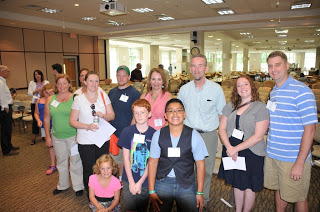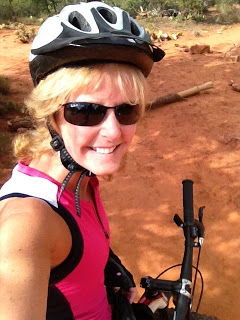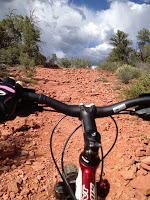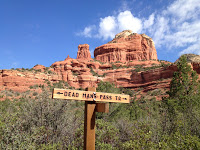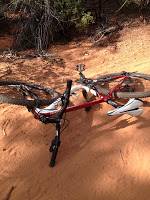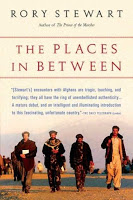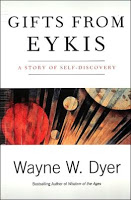Local Hemophilia Families Meet the Manufacturers
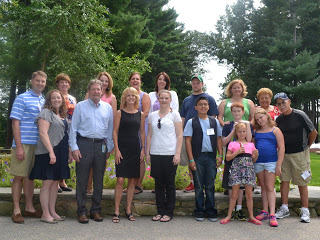
I was thrilled last week to invite a group of local hemophilia families to the Pfizer Andover manufacturing plant, where BeneFIX,a recombinant, third-generation blood-clotting medicine, is made. Andover is only 40 minutes from my house; imagine that this amazing medicine is practically made in my neighborhood! It was a wonderful opportunity for the scientists and researchers there to meet real families, and for the families to see just how blood-clotting products are made.
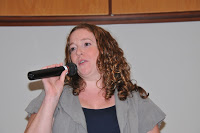
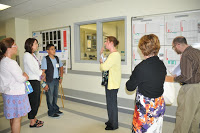
After a lovely lunch, during which the families were able to sit casually with the researchers and scientists, the group split into two and began their tours. We saw the vats containing the medium in which the Chinese hamster ovary cells produce human factor; learned how it is separated from the medium and then harvested. In the end, product is shipped to Spain to be finished, lyophilized and packaged, ready to be sold. The sheer level of intricacies involved in each step was a bit overwhelming. We walked by many laboratories where staff worked diligently. Everything is breathtakingly clean; most tasks are automated to reduce the risk of human error. We walked on many floors, levels and peered in through large glass windows to see the giant vats where product is made. The families were stunned, at the number of employees required to make product, at the level of safety controls and at the amount of money required to make product.
“It is really fun to see how factor is made and all the work that goes into it. I will definitely think of that when I infuse now,” Shane comented.
“The tour of the Pfizer facility opened my eyes to the extremely long process involved in making factor,” said mother Kathy Secinaro. “It became clear that the staff there are dedicated to research and product safety. In addition to that, they truly showed they care about our community and want to know more about living with hemophilia. I never expected such a genuinely warm welcome. Others should be strongly encouraged to do a similar tour. I hope to do it again.”
And what did the employees think about the families?
“Yesterday was the best day I have ever had at Pfizer. I received far more than I gave.” “I was touched and was amazed at the strength that was displayed by [the families].” “I was truly inspired by their stories and had such a good feeling all day. I’m looking forward to the next visit and other visits like this.” “Having patients and their families on site really drives home the importance of our job. It never fails to touch me when I hear them speak. We do great work here. Work that keeps people alive. We sometimes forget.”
Other manufacturers offer tours of their facilities, too. I’ve toured the Bayer plant in Berkeley, and know other families who have seen the Grifols plant in Los Angeles, and the CLS Behring plant in Kankakee, Illinois. Ask your local rep if you can see their plant, and learn how factor is made.
And read the August issue of PEN, coming to your mailbox soon; we review all factor products and manufacturers, and chart out the new products coming in the pipeline.
Thanks to Gail McCarthy, our local Pfizer rep, for this invitation, to the families who took a day off to join us, to the Pfizer staff who made this such a pleasant and educational day and who care enough to meet and learn about our very special community.
Good Book I Just Read
The Doors Unhinged: Jim Morrison’s Legacy Goes on Trial
by John Densmore
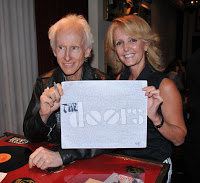
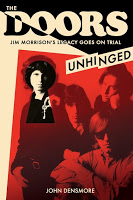
An unflinching account of the 2002 lawsuit by Densmore, former drummer for the 60s band the Doors, against his former bandmates, keyboardist Ray Manzarek (who just passed away in May) and former high school best friend guitarist Robby Krieger. His suit was primarily to stop the use of the name and logo of the Doors by Manzarek and Krieger, who were touring (without Desnmore) as the “Doors of the 21st Century.” He did not seek to stop them from playing or from calling themselves “Of the Doors.” He did not seek money from this lawsuit. Manzarek and Krieger countersued for $40 million, claiming that Densmore vetoed a $15 million commercial with Buick… and then Densmore’s real beef is revealed. Densmore goes to court to preserve the noncommercialsm of the original Doors, particularly frontman and cultural icon Jim Morrison, by not “selling out” to corporate America; and to honor the Doors agreement that all bandmates had equal weight in determining decisions with equal veto power. Indeed, Densmore was backed throughout the trial by the estate of Jim Morrison, and even Morrison’s father, a former rear admiral in the Navy, testified. Densmore further questions the need of Americans, and in particular his bandmates, who are all wealthy, to accumulate millions more at the risk of losing their creative purity. It’s an interesting question; Densmore makes many good points, even though at times he unnecessarily takes uncomfortable jabs at Manzarek in particular. Yet Densmore himself stands to earn a lot by being a former Doors member, and writing these books! It’s a head-scratcher at times, as you wonder from what angle Densmore is coming sometimes, as there are many; his arguments don’t always seem clear or follow logically. It’s a quick read, raises good questions and will generate a lot of discussion. From an insider, I have heard that the book is quite accurate.
For devoted Doors fans, this is a hard book to read, to learn what has become of their legacy. I’m a bit biased as I love the Doors, and appreciate each musician for their talent and dedication, and just met up with Robby Kreiger on Saturday night at the Hard Rock Cafe–he’s a nice guy, by everyone’s account. He wrote my favorite song ever, “Touch Me,” which I admit would have a different meaning and feel entirely if it were used as a commercial for say the iTouch. For anyone in rock and roll, it is a fascinating legal read. Two/five stars.

